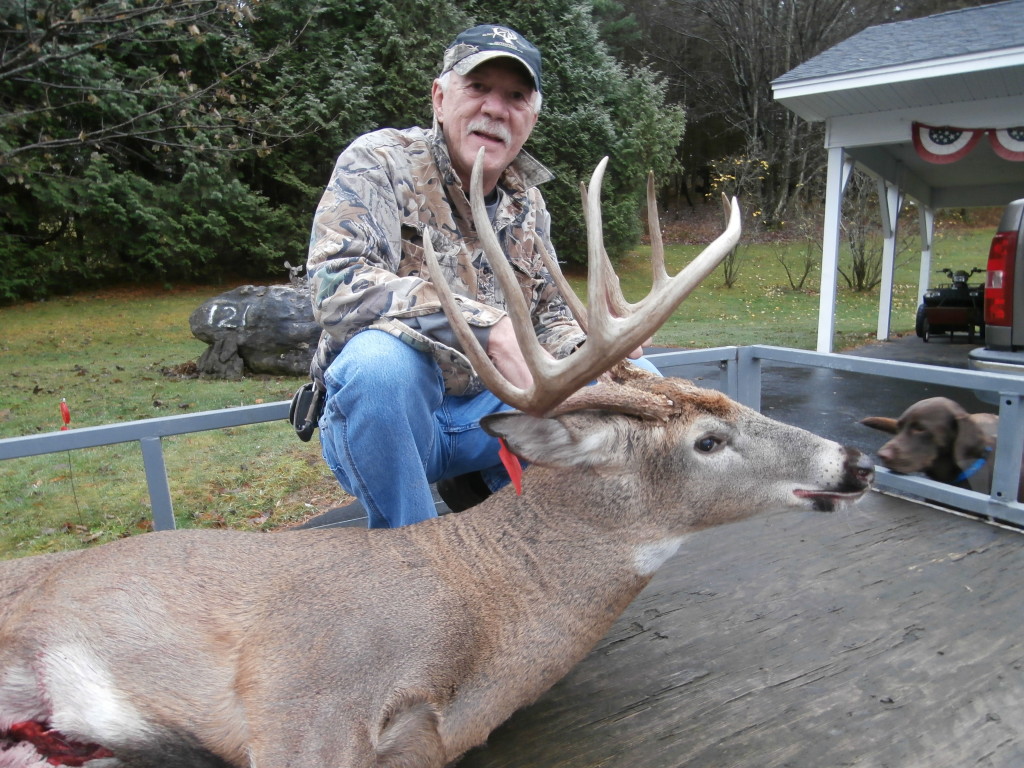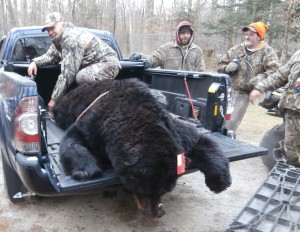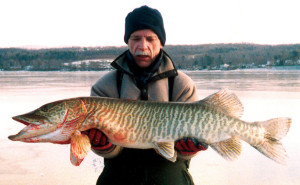If you have been following the news releases by MassWildlife about the troublesome deer densities in the eastern part of the Commonwealth, you know they are having a devil of a time getting the numbers to a more manageable and safe level. For years, they have been issuing tens of thousands of doe or antlerless permits annually. The female segment of the deer population is used for population management since with each female deer harvested, not only is the individual removed from the population but so too is that deer’s future reproductive potential.
The hunters are doing their part. Just in the years 2013 and 2014, they have harvested nearly 10,000 deer out of Wildlife Management Zones (WMZ) 10 and 11 alone. But the densities continued to increase. Part of the problem is that the towns are thickly settled where it would be dangerous to shoot guns. Some of the towns have banned hunting within their confines. The result being an ever increasing herd which is causing many automobile accidents, high incidences of deer tick borne illnesses, destruction of residential ornamental shrubbery and a serious threat to the state forests and woodlands there. The deer are eating everything that is green and actually curtailing new growth and regeneration of the forests.
Well, this year the first ever deer hunt at the State’s Blue Hills Reservation in Milton and Quincy (just outside of Boston) took place. According to a recent MassWildlife news release the special hunt resulted in a total of 64 deer being taken, an encouraging start to a plan for addressing deer overpopulation at the Reservation. As part of a long term deer population management program designed to contend with negative impacts on the Reservation’s forest by high deer populations, the hunt was conducted by the Department of Conservation and Recreation (DCR) with assistance from MassWildlife, the Environmental Police, and State Police. Hunting took place on 4.5 square miles of the 10-square mile property over 4 days in early December.
Due to the densely populated area surrounding the Reservation, public safety was a major concern and the controlled hunt was conservative and carefully designed with staffing at trail heads, signage, low hunter densities, and just four days of firearms hunting. According to MassWildlife, there were no injuries or other public safety issues during the hunt, demonstrating that a controlled hunt could be safely conducted in a suburban/urban setting.
“Overall, given the conservative framework design for this first year of the hunt, the preliminary 2015 harvest results are very positive,” said David Stainbrook, MassWildlife Deer Project Leader. “The 64 deer taken represents a reduction of approximately 14 deer per square mile from the hunted areas of the reservation. A more significant figure is that 47 deer taken were females, which equates to at least 120 fewer deer in next spring’s population.” A 2013 deer abundance survey conducted by MassWildlife and DCR revealed an estimated average of 85 deer per square mile of forest in and around the Reservation, a figure significantly above the MassWildlife’s desired management range of 6-18 deer per square mile of forest. In accordance with the Blue Hills Deer Management Plan, DCR and MassWildlife will be reviewing this first hunt to assess any needs for potential changes or modifications to the deer reduction phase of the plan. *****
The Berkshire Beagle Club, on Sleepy Hollow Road in Richmond, will be holding its Annual Rabbit Hunt next Saturday, January 16. Entrance fee is $10 per person and that includes a dinner. Weigh-in by 3:00 PM. Contact John Demary at 413-441-2253 if you wish to enter and/or donate some raffle prizes. Prizes go for the largest cottontail rabbit and snowshoe hare. No hunting is allowed on the Beagle Club grounds. *****
For the second week in a row, local sportsmen received bad news of the loss of one of their own. Last week it was the late Chris Porter. This week it was the loss of Charles “Chuck” Jones of Dalton. A very active member of the NRA and Board of Directors of the Lenox Sportsmen’s Club, Chuck was instrumental in starting a Youth Rifle League. He coached the first competitive women’s pistol team in Berkshire County known as the “Hot Shots” since its inception. In 2004, he was awarded the very prestigious Berkshire County League of Sportsmen Silvio O. Conte Sportsman of the Year Award. Our condolences go out to his wife Evelyn (“Hot Shot” member) and his family. He also will be sorely missed by local sportsmen and shooters.
Well, we didn’t get it for Christmas, but we got it for New Years. The Berkshire Natural Resources Council (BNRC) recently announced that its December fund drive realized the final $115,000 needed to buy a conservation restriction (C/R) on the 83 acre Undermountain Farm in Lenox. (Some $335,000 was previously raised by the BNRC). The Berkshire Eagle’s Clarence Fanto did a dandy job of spreading the good news (“Deal would preserve 83 acres”, January 5, 2016). Many thanks to the Sprague family for selling the C/R for half of its appraised value, to the 225 donors who really dug deep into their pockets to preserve this land and to the Lenox Land Trust which for years doggedly pursued its conservation.
Although there is no general public right of access to the property, there will be public access to two designated trails to be constructed by the BNRC which will allow the right to walk, cross-country ski or snowshoe on them.
Next up is the 63 acre abutting southern parcel which is part of Parson’s Marsh. The BNRC will be asking us to come up with another $180,000 to purchase and conserve that land. Hey! We’re on a roll. Let’s do it!
Questions/comments: Berkwoodsandwaters@roadrunner.com. Phone/fax: (413) 637-1818



